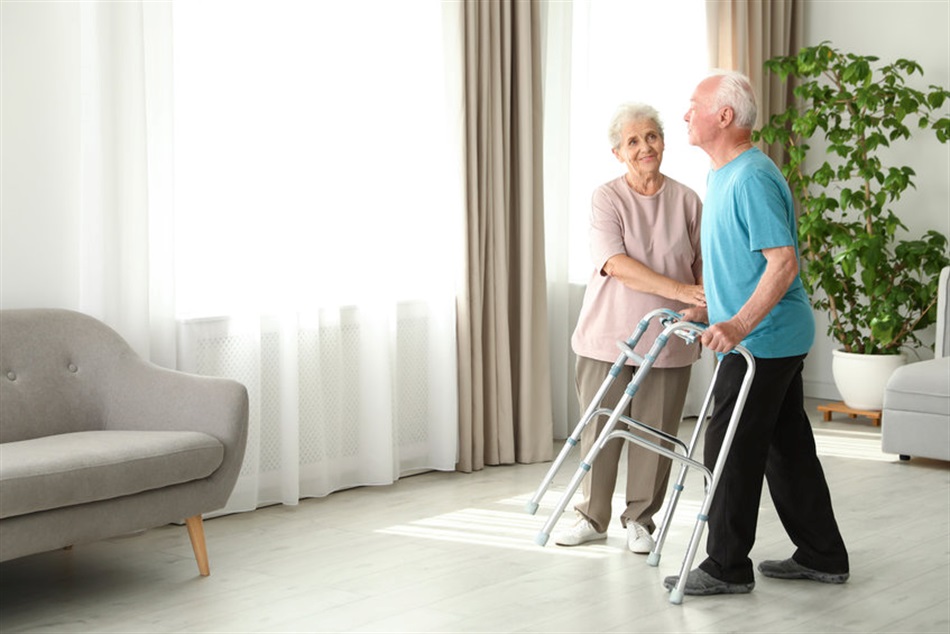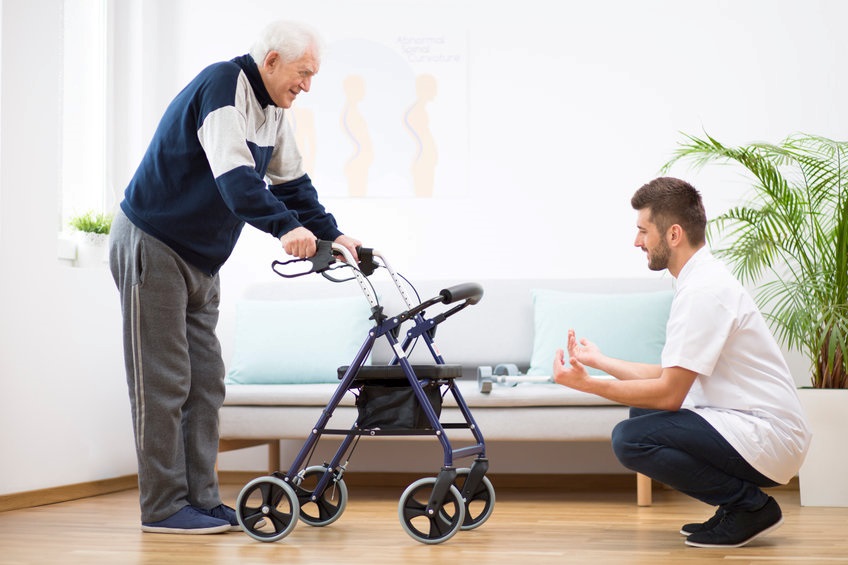How to Choose the Right Walker for Your Needs

Have you had one-too-many falls?
Is it becoming more and more challenging for you to walk without support?
Mobility aids — like canes and walkers — are designed to help make it easier for you to simply navigate through your daily routine. But where to begin?
The right kind of walker can mean the difference between sustaining a fall or remaining sturdy on your feet.
Types of Walkers
Home medical equipment providers offer a wide variety of walkers. But it can be challenging to tell the difference. Here’s a list of the main walker types:Standard Walkers — The most common kind of walker, standard walkers are the ones most elderly people choose when they begin needing little extra support. With 4 non-skid, rubber-tipped legs, they offer patients greater stability while walking or standing.
To use a standard walker, patients have to lift it up off of the ground. Then, all 4 legs must be placed back on the floor before taking a step (in order to avoid tripping).

Anterior Rolling Walkers — Ever seen those walkers with wheels? Most wheeled walkers are anterior rolling walkers. Boasting 2 or 4 wheels, they are designed to provide additional front support to patients and maximize their natural walking capabilities.
- Two-Wheel Walkers — A sort of half-and-half wheeled and standard walker, a two-wheeled walker includes wheels on the front legs and grips on the back legs. These walkers allow a little easier movement than standard walkers, while maintaining that extra stability and support.
- Rollator Walkers — Coming in 3- or 4-wheel models, rollator walkers are the most flexible and easiest to move (and the most expensive). Many models have handlebars with hand brakes and a seat, which is great for patients who need to pause frequently while walking.
Most common for people with neuromuscular disorders, posterior rolling walkers are pulled from behind and combat the tendency to fall backward while walking.
Knee Walkers — Often used as an alternative to crutches, knee walkers provide support and mobility assistance for patients who’ve injured their leg below the knee. By resting their leg on a padded, elevated platform, users can propel themselves forward with their uninjured leg and remain active in their daily activities.
Gait Trainers — Gait trainers are special mobility aids designed for patients who have physical disabilities that make it challenging for them to walk, stand, support their body weight, or maintain an upright posture.
In a lot of ways, gait trainers are similar to wheeled walkers, but they include straps, supports, and positioners to provide customized assistance to address specific mobility limitations and needs.
Which Walker is Right for You?
Picking the right walker requires you to first determine your capabilities and what kind of mobility assistance you need.- If you can generally manage mobility challenges independently and just need some extra stability help, a standard walker will do just fine.
- If you are seeking a little easier maneuverability and lack the strength to pick up a standard walker, a two-wheel walker may do the trick.
- Looking for a walker that’s flexible, very easy to maneuver, and gives you a chance to rest from time to time? Ask your doctor about a rollator walker.
- Have a neuromuscular disorder and need some extra posture support? A posterior rolling walker may be the answer.
- Just injured your knee, leg, or foot? In lieu of crutches, consider a knee walker.
- If you have a specific physical disability that makes walking more difficult, talk to your doctor about a gait trainer.
Looking for a Home Medical Equipment provider that offers walkers near you? Check out our home medical equipment locator to find a supplier near you.
